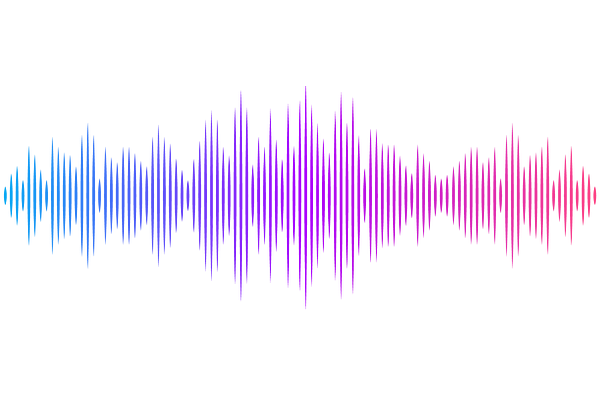Spectral Evolution of Rotating Population III Stars

Spectral Evolution of Rotating Population III Stars
Jake Hassan, Rosalba Perna, Matteo Cantiello, Tyler Parsotan, Davide Lazzati, Nathan Walker
AbstractPopulation III (Pop III) stars, the first generation of stars formed from primordial gas, played a fundamental role in shaping the early universe through their influence on cosmic reionization, early chemical enrichment, and the formation of the first galaxies. However, to date they have eluded direct detection due to their short lifetimes and high redshifts. The launch of the James Webb Space Telescope (JWST) has revolutionized observational capabilities, providing the opportunity to detect Pop~III stars via caustic lensing, where strong gravitational lensing magnifies individual stars to observable levels. This prospect makes it compelling to develop accurate models for their spectral characteristics to distinguish them from other stellar populations. Previous studies have focused on computing the spectral properties of non-rotating, zero-age main sequence (ZAMS) Pop III stars. In this work, we expand upon these efforts by incorporating the effects of stellar rotation and post-ZAMS evolution into spectral calculations. We use the JWST bands and magnitude limits to identify the optimal observing conditions, both for isolated stars, as well as for small star clusters. We find that, while rotation does not appreciably change the observability at ZAMS, the subsequent evolution can significantly brighten the stars, making the most massive ones potentially visible with only moderate lensing.